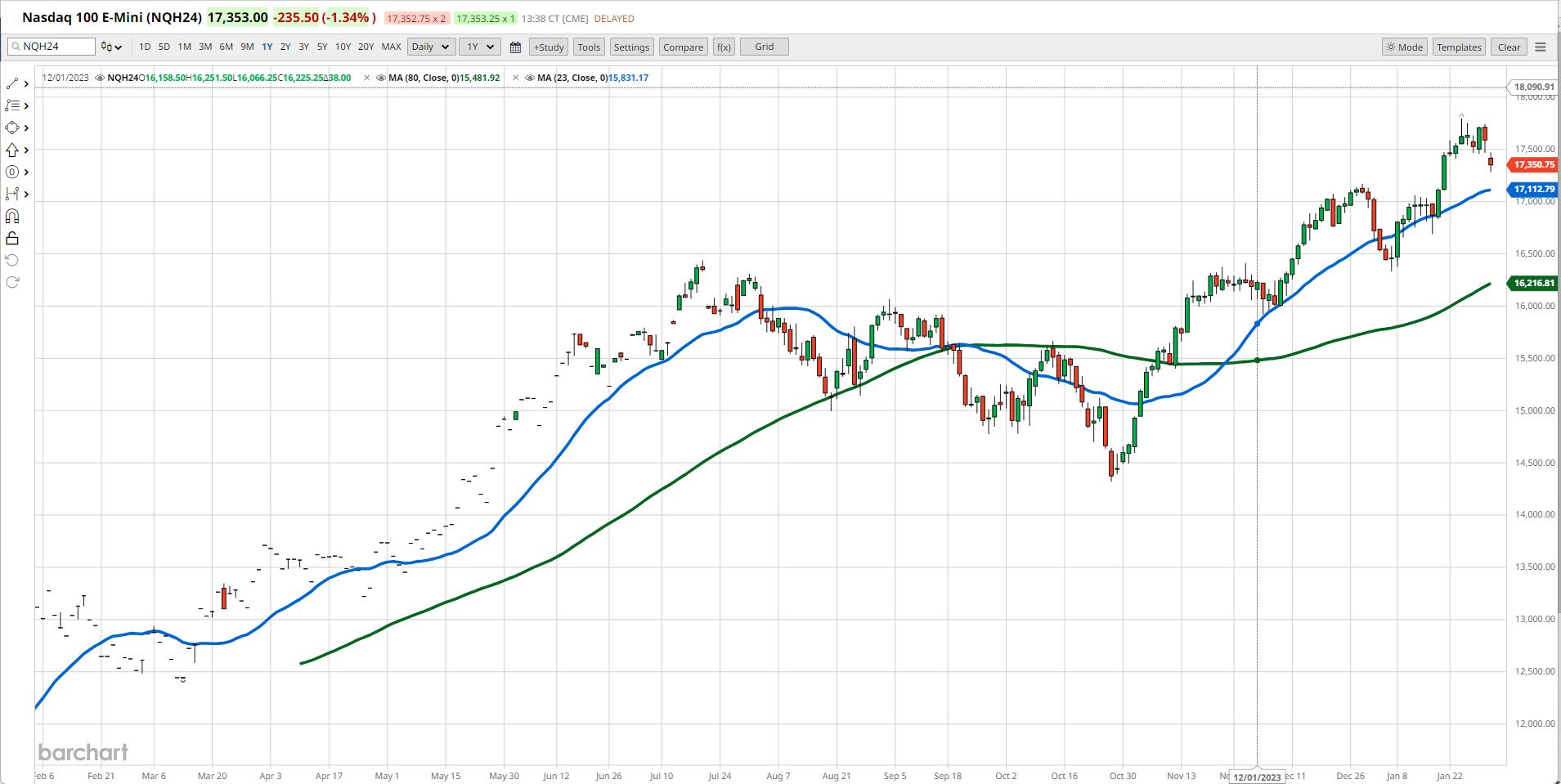Polycab vs KEI Industries – Comparison, Finance and more

Polycab vs. KEI Industries: India’s infrastructure story is stronger than ever recently. The Indian government has allocated significant funds to infrastructure, with a focus on roads, rail, power, infrastructure and renewable energy. The real estate market is also heating up, with home sales hitting an all-time high in fiscal 23.
All of these trends are perfect for the growth of the underlying industries that will support this growth. It is none other than the wire and cable company that supplies your home with electricity from power plants located far from the city.
Polycap vs KEI Industry
Now, let’s take a look at two wire and cable manufacturers to understand a little more about the sector. Both companies produce the same products but serve slightly different markets. So, let’s understand who they serve and how their financial standing compares to each other.


Polycab vs KEI Industries – Company Overview
polycap india
polycap india is India’s largest integrated wire and cable manufacturer and a prominent player in India’s fast-moving electrical appliances industry. The company has 25 manufacturing facilities spread across five strategic locations across India (Gujarat, Maharashtra, Uttarakhand, Tamil Nadu and Daman).
Note: If you want to learn candlestick and chart trading from scratch, here are some of the best books available on Amazon! Get the book now!


The company has 4 regional offices, 9 field offices, 17 experience centers and 23 warehouses. The company has a strong presence across India with a network of over 4300 authorized distributors and 2.05 million retail outlets.
Polycab is the undisputed leader in the Indian wiring and cable segment with a market share of approximately 22%-24% in the organized market. The company’s FMEG segment, launched in FY14, has been successfully diversified. Over the past seven years, FMEG segment revenue has grown at a CAGR of 30%.
To expand its FMEG business, the company continues to expand distribution. So far, 122 districts with untapped potential have been recognized. During FY23, 317 dealers were added to the Retail Wire business and 371 dealers were added to the FMEG business.
The wire and cable business accounts for 89% of the company’s revenue, growing 17% year over year. Cable exports account for 9.8% of the company’s sales. The FMEG business was flat for the year, contributing 11% of revenue.
K Industry
K Industry, like its competitors mentioned above, is India’s leading wire and cable (W&C) manufacturer. Established in 1968, KEI is one of the three major organizing companies in the W&C market and has a strong position in domestic and international markets.
KEI’s product line is better suited for heavy duty industrial applications. The product line ranges from 220KV (kilovolt) EHV (Extra High Voltage) cables to 400kV cables. The company receives EPC contracts from utility companies that require these high voltage cabling solutions.
KEI Industries’ business can be divided into three segments:
- Sleeve: The retail segment markets KEI’s household cables, low-voltage and high-voltage cables. KEI Industries enjoys a strong brand that supports its presence in the retail sector. Currently, this segment contributes 44% of sales and the company continues to maintain its brands and dealer network.
- Agency: In this segment, KEI provides ultra-high voltage cables, stainless steel wires and turnkey EPC projects. This business is capital intensive and requires greater amounts of technical know-how, so the barriers to entry are higher.
- Export: KEI exports to over 60 countries around the world and has offices in five of them. The company’s main export markets are Australia, Kuwait, Abu Dhabi, Nigeria and Ghana. In 2023, exports accounted for 10% of the company’s total sales.
Polycab vs KEI Industries – Industry Overview
The global economic turmoil in FY23 was highlighted by a resilient performance driven primarily by consumption. Global price pressures continued due to tightening financial conditions due to geopolitical uncertainty and rising inflation. Inflation exceeded the RBI’s upper tolerance limit of 6% during the first nine months of the fiscal.
Due to the impact of global uncertainty, copper prices on the London Metal Exchange (LME) remained highly volatile throughout the year. Copper and aluminum are the main raw materials for the production of wires and cables. Copper prices fell from around $10,250 per metric ton in April 2022 to a low of $7,000 per metric ton in July 2022. By the end of March 2023, the price had risen to $9,000.
Aluminum prices followed a similar trend, falling from approximately $3,500 per MT in April 2022 to approximately $2,100 per MT in September 2022, before rising again to approximately $2,350 per metric ton by March 2023. Prices of PVC compounds used to insulate wire and cables were also erratic, tracking crude oil prices.
The Indian W&C industry is estimated to have grown in the low teens in FY23 to Rs. With a size of 68,000 Cr to 73,000 Cr, it contributes 40-45% of the Indian electricity industry. Sectors such as power, rail, infrastructure, oil and gas, telecom, real estate, renewable energy, defence, automotive, etc. are the biggest demand drivers for the industry.
Organized players hold the largest share of the market at around 70%, while unorganized players dominate most of the rural areas. The Indian W&C market is expected to grow to $20 billion. 90,000 – 95,000 Cr by FY26, driven by several megatrends including increased government focus and demand for infrastructure, residential real estate and railways. renewable power Generation.
Also read…
Polycap vs KEI Industry – finance
Sales and Net Profit
Polycab reported revenue of Rs. 14,108 Cr in FY23, up from Rs. In FY22, sales increased 16% for the year to 12,203. KEI Industries’ sales last year increased by 40% compared to the previous year. 5727 Cr in FY22 to Rs. FY23 has 6912 Cr.
While Polycap grew slightly in FY21, KEI Industries’ sales decreased by 14% during the same period. However, both companies grew their sales by double digits in other years. Since FY19, Polycap’s sales have increased at a CAGR of 15.4% compared to KEI Industries’ CAGR of 13.06%.
Polycab’s net profit rose by a whopping 40% from Rs. 917 Cr in FY22 to Rs. 1282 Cr in FY23. During the same period, KEI Industries’ net profit increased by 50 billion won. 376 Cr in FY22 to Rs. It grew at a rate of 27%, or 477 Cr in FY23.
Since FY19, Polycap’s net profit has increased at a CAGR of 26.5%, compared to KEI Industries’ CAGR of 27.48%. KEI Industries, a company with less than half of PolyCap’s net profit, is showing profit growth that is 95 Bps higher than PolyCap over the long term.
profit
Polycab reported an operating margin of 13.94% for FY23, compared to KEI Industries’ 10.57%. Over the past five years, the OPM for both companies has been approximately 11.4% and 8.3%, respectively. Polycab enjoys higher margins targeting residential consumers. Although KEI also serves residential consumers, its primary revenue comes from the industrial segment.
The marginal difference between Polycab and KEI Industries is carried forward into net profit margin. In FY23, Polycab reported a net profit margin of 9.09% compared to KEI Industries’ 6.88%.
rate of return
Moving towards return on equity, the two companies are evenly matched with Polycab and KEI Industries’ ROE being 21% and 20% respectively. KEI Industries’ ROE decreased significantly from its peak of 26.29% in FY19 and stabilized at around 20%.
In terms of return on capital, KEI Industries is ahead of PolyCap with an ROCE of 29.25%, while KEI Industries is recording 25.74%. Both companies continue to maintain high standards. rate of return It has increased by more than 20-25% over the past five years.
debt analysis
In terms of debt-to-equity, we find that Polycab is a virtually debt-free company, with a debt-to-equity ratio of 0.02x. On the other hand, KEI Industries’ debt ratio is 0.11 times. KEI Industries significantly increased its borrowings, with its borrowing ratio in fiscal 2019 reaching 1.04 times, the highest in five years. The company has consistently reduced this ratio to 0.11x.
Because the company has very low debt, its interest coverage ratio is comfortably high. Polycab with an ICR of 29.57x and KEI Industries with an ICR of 0.11x both exceed the minimum ICR requirement of 1.5x.
Polycap vs KEI Industry – key indicators
We now understand both companies’ businesses and have a good comparison of their financial positions. Now let’s look at some key indicators.
Read More: Best Debt-Free Chemicals Stocks in India
conclusion
India’s massive infrastructure push is fueling strong growth prospects for the wire and cable industry. Two major companies, Polycab and KEI Industries, took this opportunity to demonstrate solid financial performance.
Polycab is leading the organized wire and cable market with a 22-24% share and diversification into fast-moving electrical products. KEI focuses more on industrial high-strength cables and EPC projects.
Both companies recorded double-digit revenue growth in FY23, with Polycab’s profits growing 40% and KEI’s 27%. Polycap has higher margins in the residential focus, while KEI is more capital efficient.
With their strong market positions and financial strength, Polycab and KEI are well positioned to capitalize on India’s infrastructure growth, which is driving demand for wire and cable.
Written by Nasir Hussein
By leveraging the Stock Screener, Stock Heatmap, Portfolio Backtesting and Stock Comparison tools on the Trade Brains portal, investors have access to comprehensive tools to identify the best stocks, stay updated and informed with stock market news. invest.


Start your stock market journey now!
Want to learn stock market trading and investing? Check out exclusive stock market courses from FinGrad, a learning initiative from Trade Brains. You can sign up for free courses and webinars from FinGrad and start your trading career today. Sign up now!!



